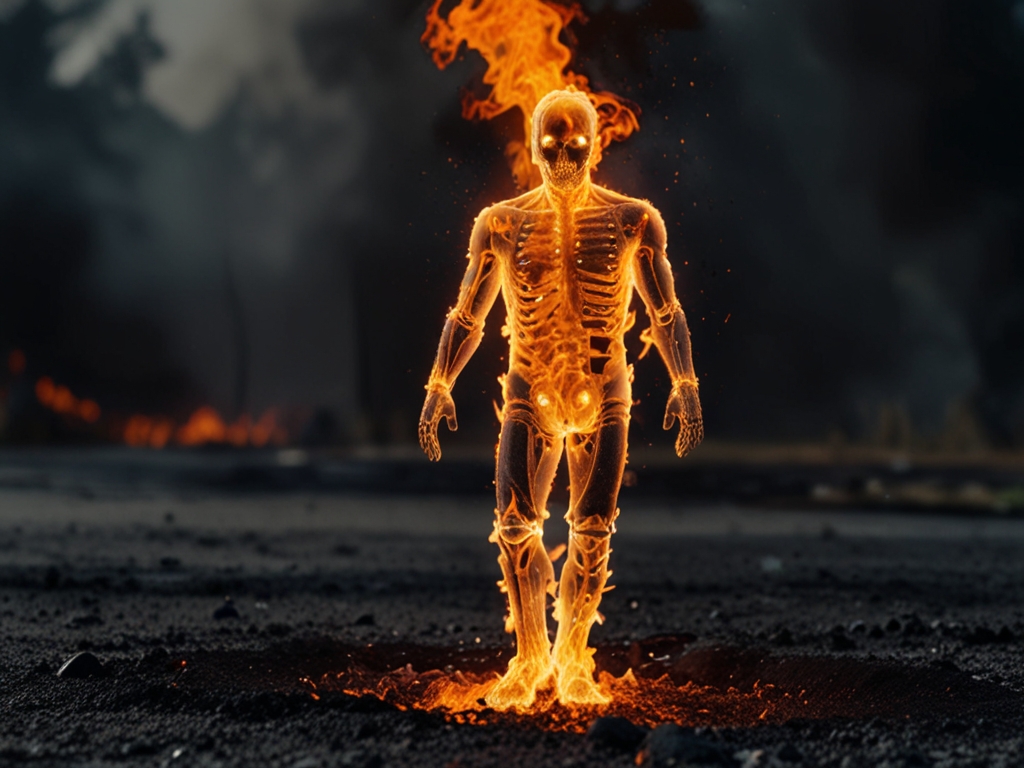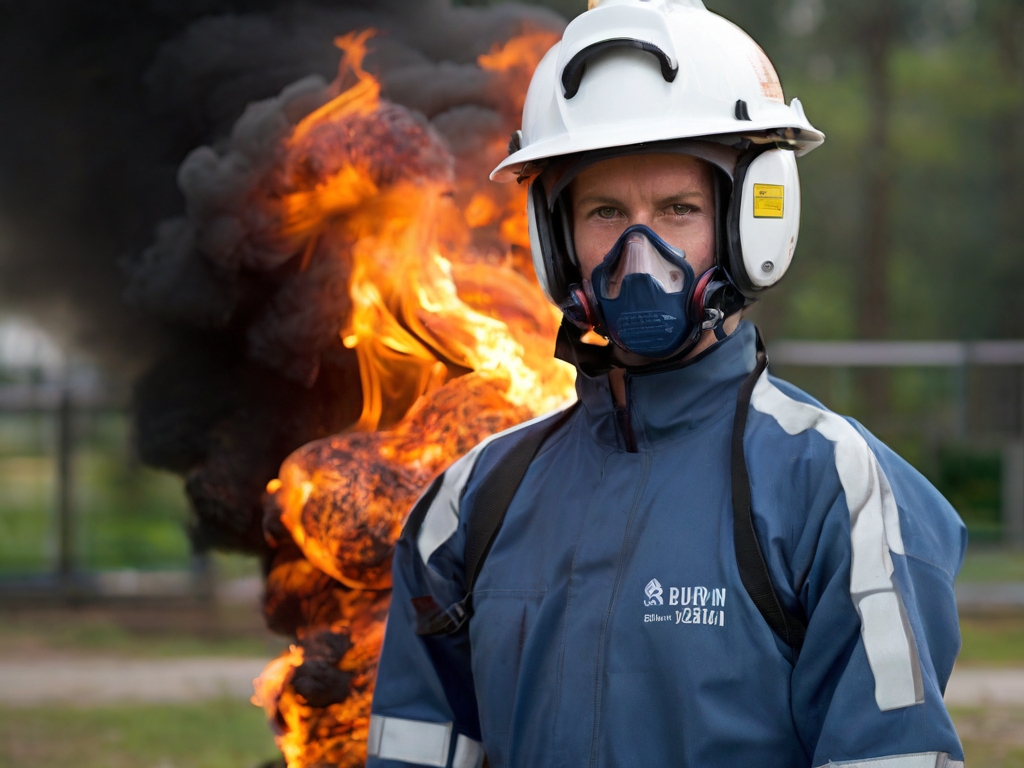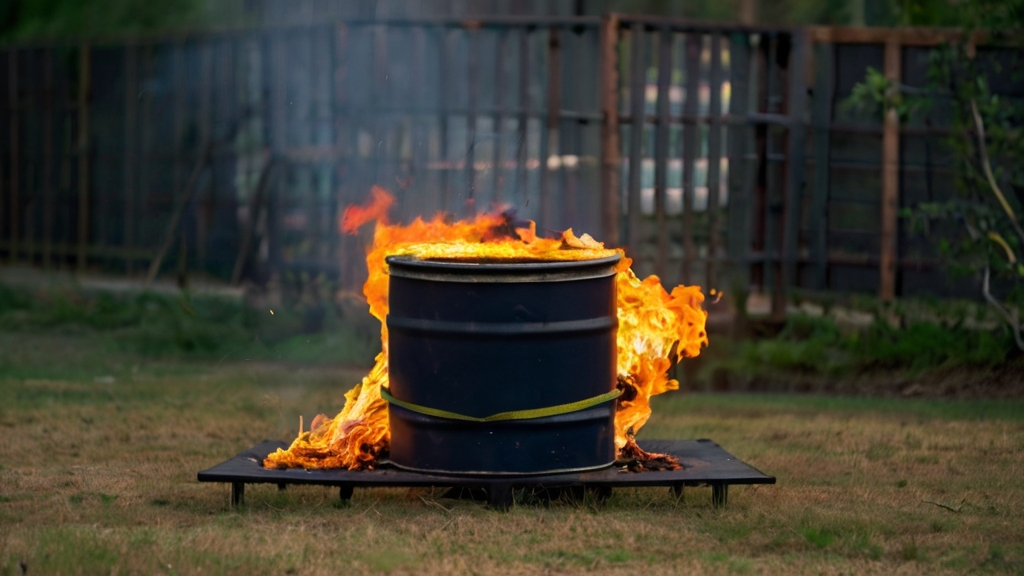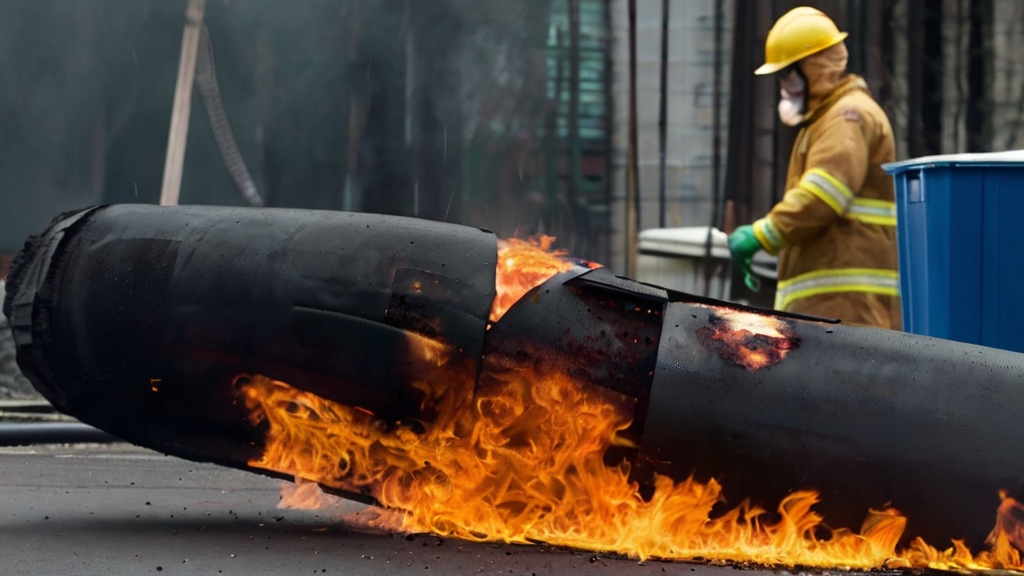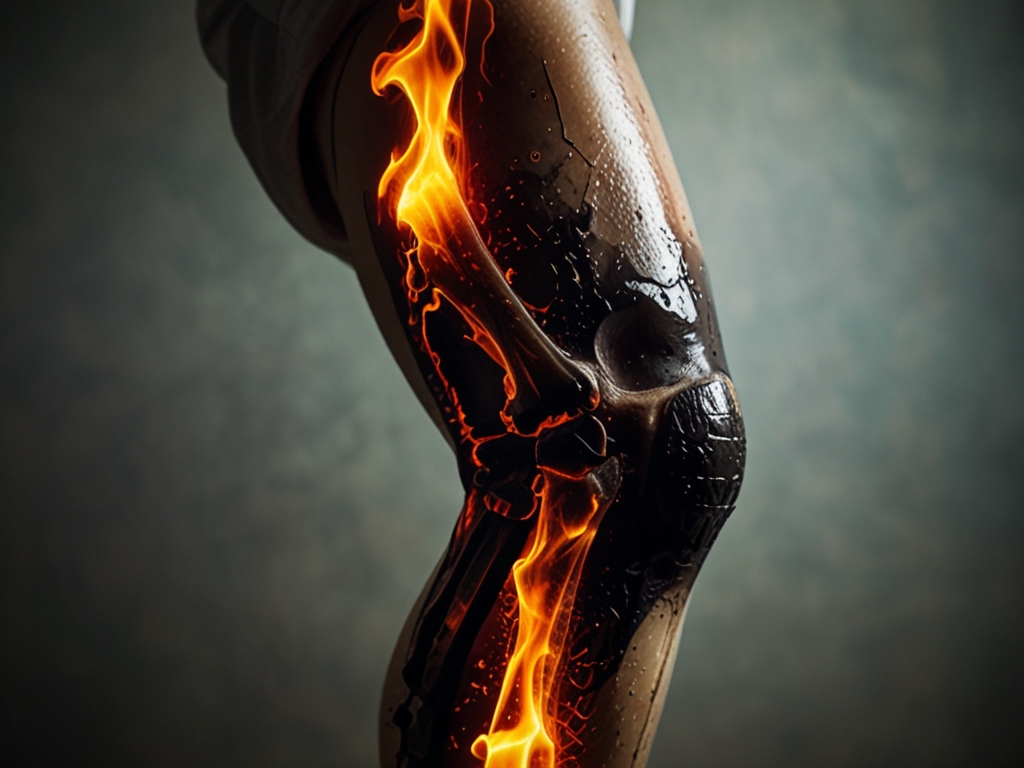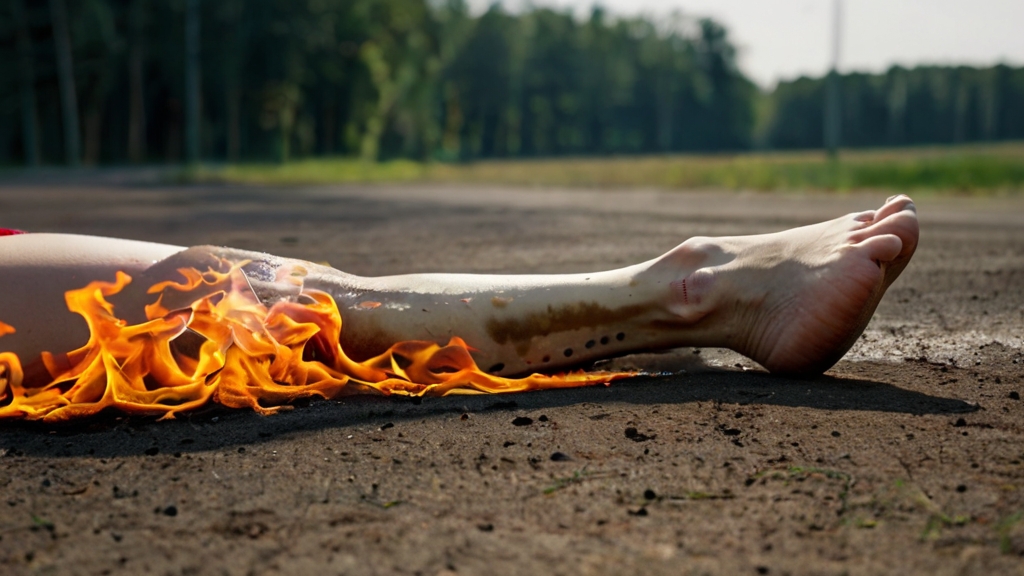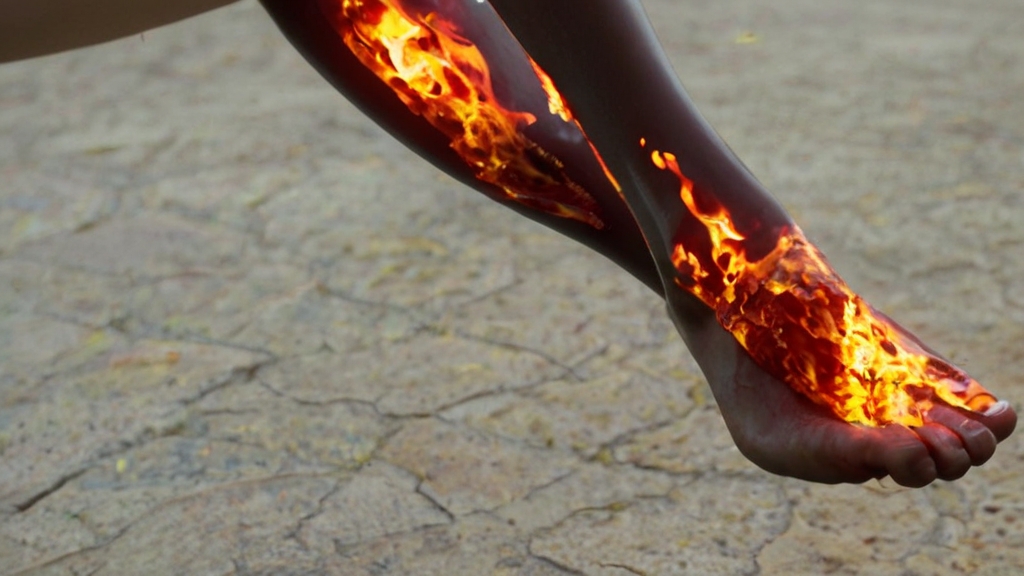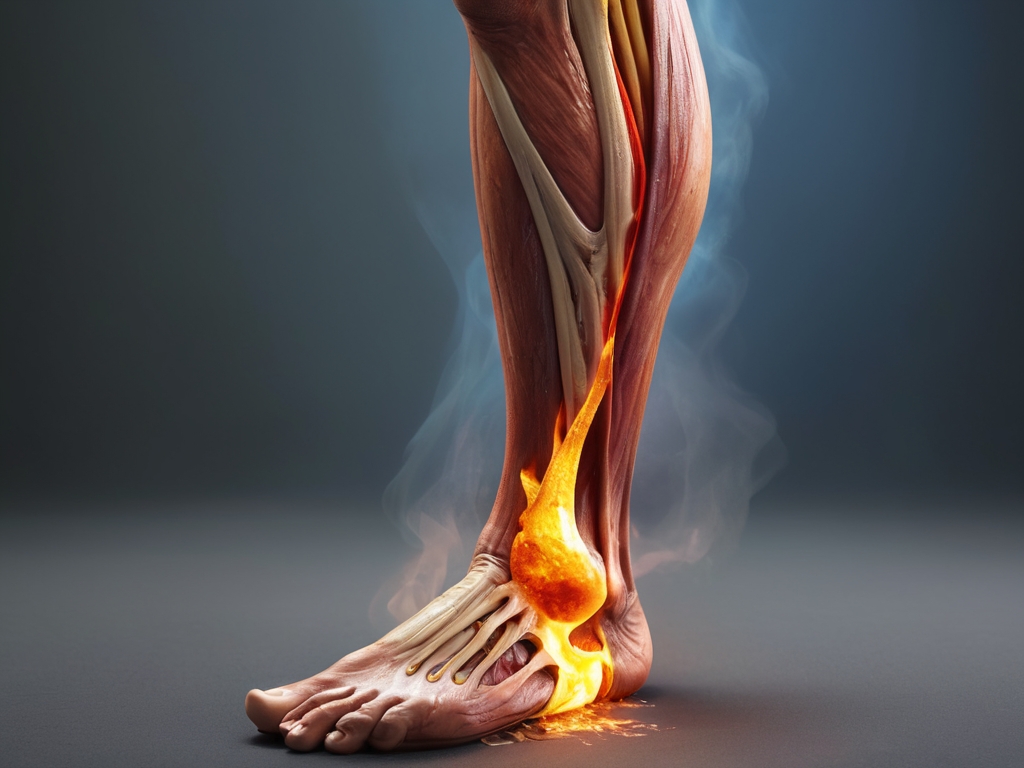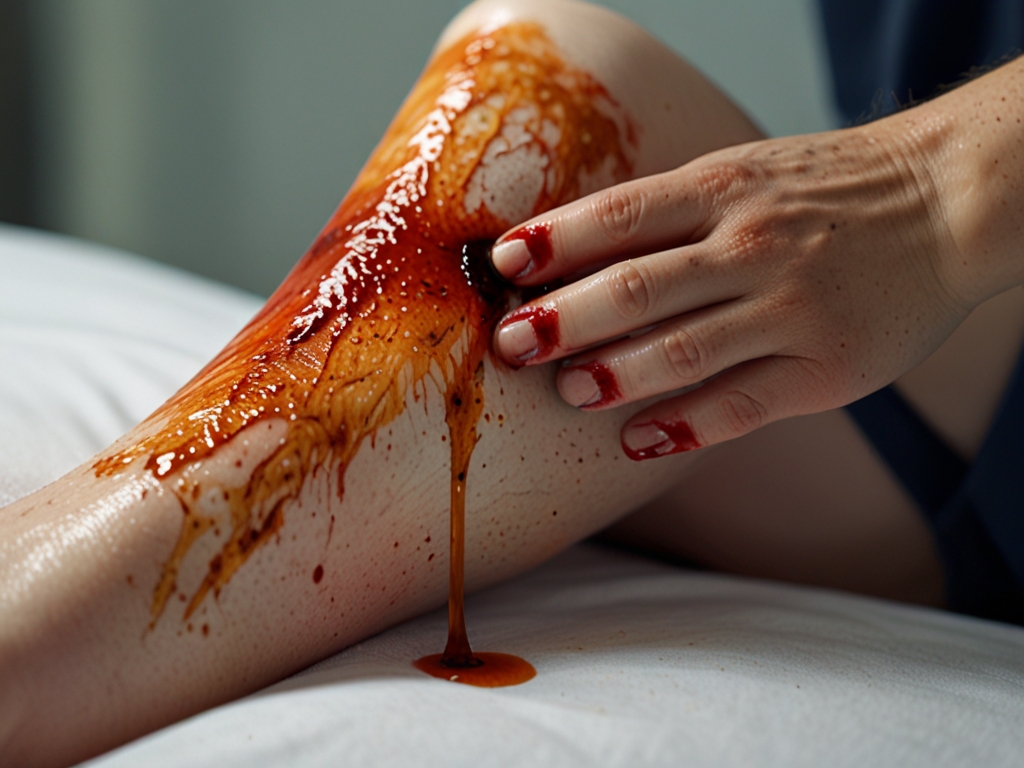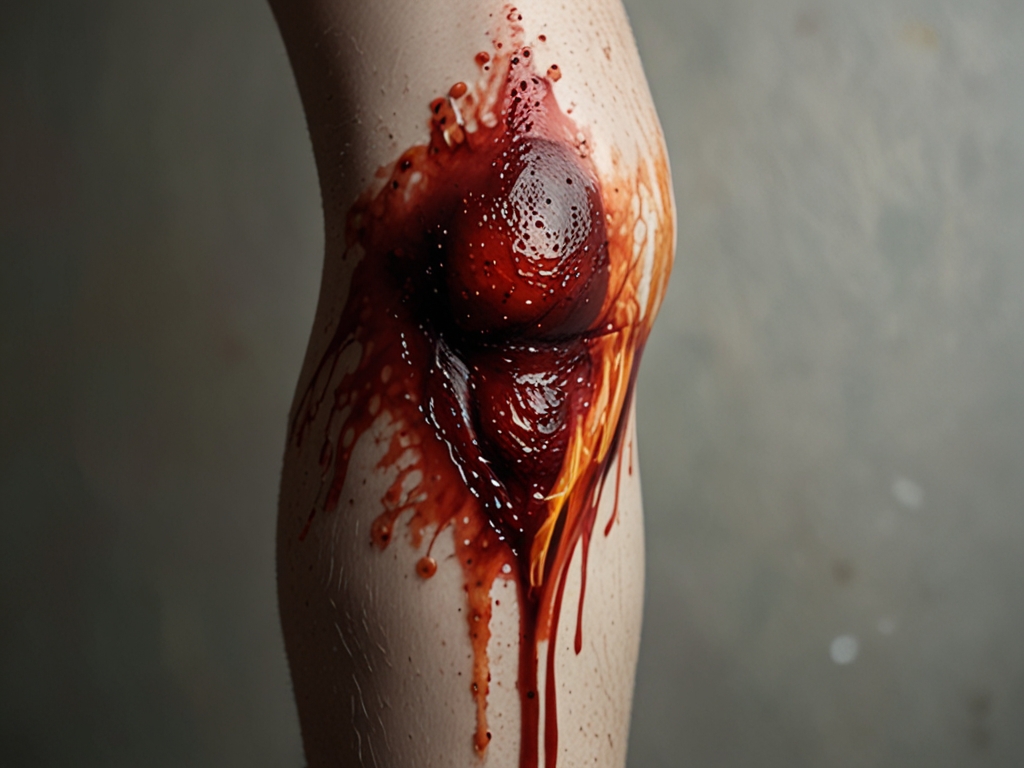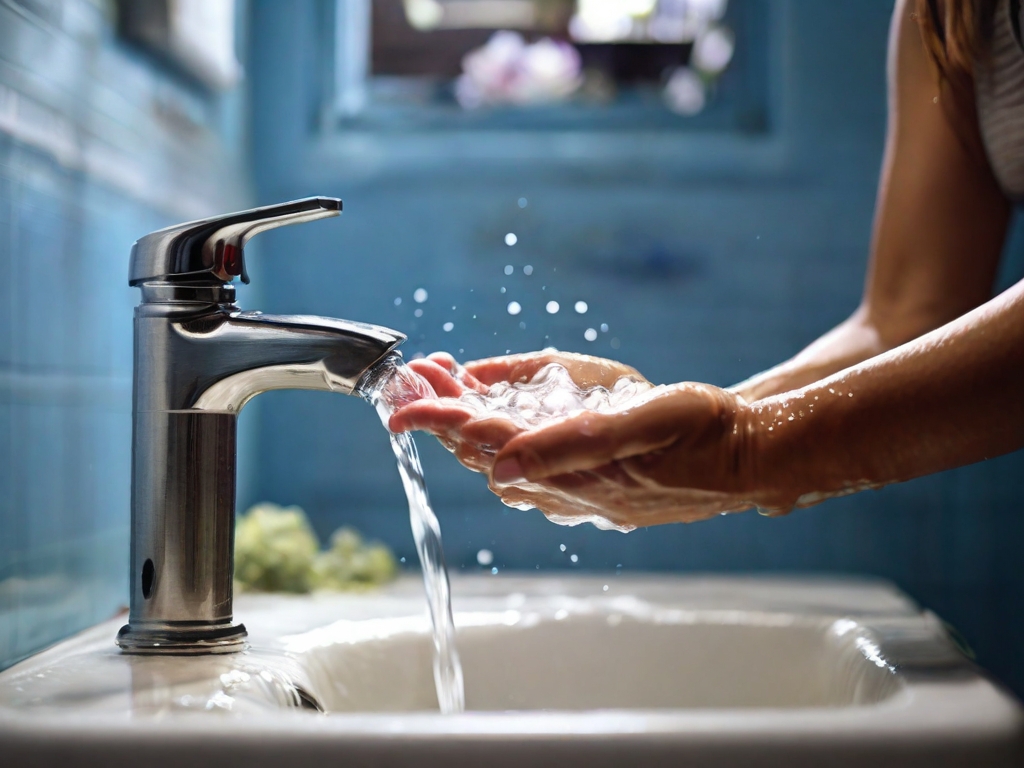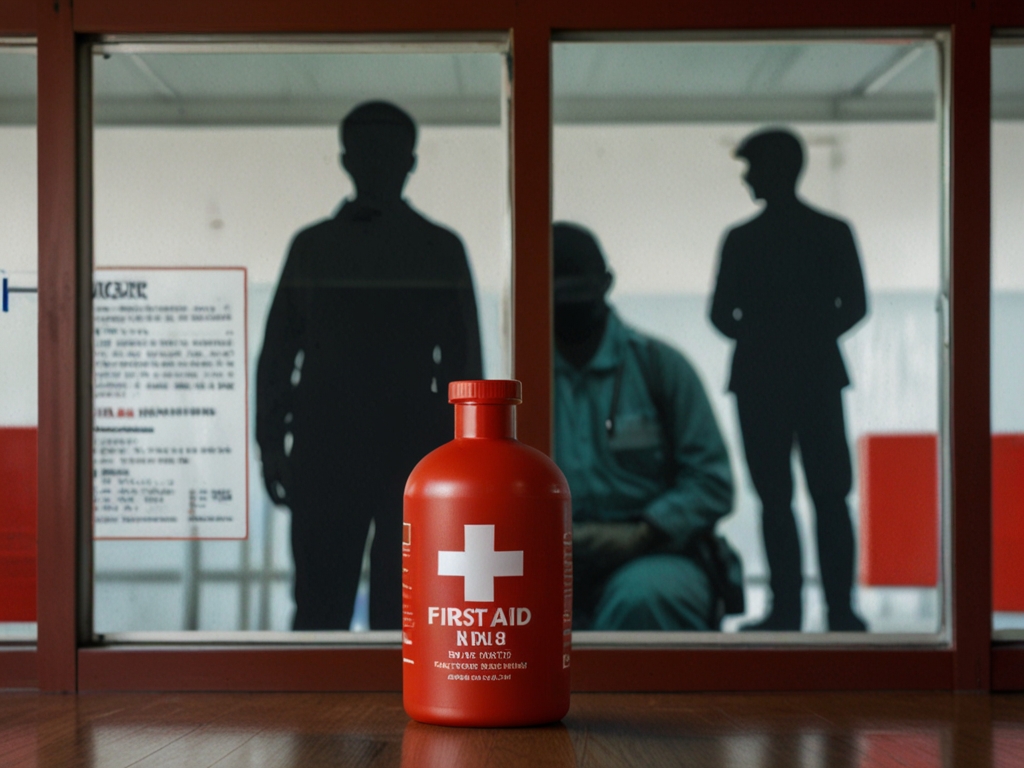
Chemical burns can happen if you come into contact with a harsh substance such as bleach, battery acid, or disinfectants. People who work with chemicals for their jobs are more at risk of chemical burns. Young children are also at risk, since they may accidentally touch or swallow household chemicals.
What is a chemical burn?
A chemical burn is damage to tissue on your body due to a harsh or corrosive substance. You can get chemical burns on your skin, eyes or inside of your body. Most chemical burns are the result of accidentally spilling a chemical on yourself. But it’s also possible to swallow chemicals or get exposed to them in other ways.
Chemical burns range from mild to severe. Mild chemical burns usually heal quickly, but severe chemical burns can cause permanent tissue damage, scarring or death. Chemical burns require immediate medical treatment.
Chemical Burn Causes and Risk Factors
Most chemicals that cause burns are either strong acids or bases. A glance at the medical information on the labels of dangerous chemicals confirms the expected toxicity. Commonsense precautions and consumer education can reduce your family’s risk of injury. A variety of household products can cause chemical burns, including:
- Ammonia
- Battery acid
- Bleach
- Concrete mix
- Drain or toilet bowl cleaners
- Metal cleaners
- Pool chlorinators
- Tooth-whitening products
Infants and older people are most at risk for burns. Chemical burns tend to happen to:
- Young children exploring their environments who get their hands on something dangerous
- People whose jobs put them in contact with chemicals

Pathophysiology
Most acids produce a coagulation necrosis by denaturing proteins, forming a coagulum (eg, eschar) that limits the penetration of the acid. Bases typically produce a more severe injury known as liquefaction necrosis. This involves denaturing of proteins as well as saponification of fats, which does not limit tissue penetration. Hydrofluoric acid is somewhat different from other acids in that it produces a liquefaction necrosis.
The severity of the burn is related to a number of factors, including the pH of the agent, the concentration of the agent, the length of the contact time, the volume of the offending agent, and the physical form of the agent. The ingestion of solid pellets of alkaline substances results in prolonged contact time in the stomach, thus, more severe burns. In addition, concentrated forms of some acids and bases generate significant heat when diluted or neutralized, resulting in thermal and caustic injury.
The long-term effect of caustic dermal burns is scarring, and, depending on the site of the burn, scarring can be significant. Ocular burns can result in opacification of the cornea and complete loss of vision. Esophageal and gastric burns can result in stricture formation.
What are the signs and symptoms of chemical burn?
The signs and symptoms of a chemical burn depend on several factors, including:
- pH of the agent
- Concentration of the agent
- Length of contact time
- Amount of agent involved
- Physical form of the agent (ie: solid, liquid, gas)
- Site of contact (e.g. eye, skin, mucous membrane)
- Whether swallowed or inhaled
- Whether or not skin is intact.
Swallowing a solid pellet of an alkaline substance highlights the importance of these factors. The solid pellet sits in the stomach for a longer period, thus more severe burns sustained. Another important factor is concentrated forms of some acids and bases generate a large amount of heat when diluted; this results in a thermal burn as well as a chemical burn.
Some signs and symptoms of chemical burns include:
- Redness, irritation, or burning at the site of contact
- Pain or numbness at the site of contact
- Formation of black dead skin (eschar) — this occurs particularly with acid chemical burns as they produce a coagulation necrosis by denaturing proteins
- Deep tissue injury to the skin is caused by alkali chemical burns, as they produce a liquefaction necrosis that involves denaturing of proteins as well as saponification of fats
- Vision changes or complete loss of vision if chemicals get into the eyes.
- In severe chemical burns where the agent has been swallowed, inhaled or absorbed into the bloodstream, the following systemic symptoms may occur.
- Cough or shortness of breath
- Low blood pressure
- Faintness, weakness, dizziness
- Headache
- Muscle twitching or seizures
- Cardiac arrest or irregular heartbeat
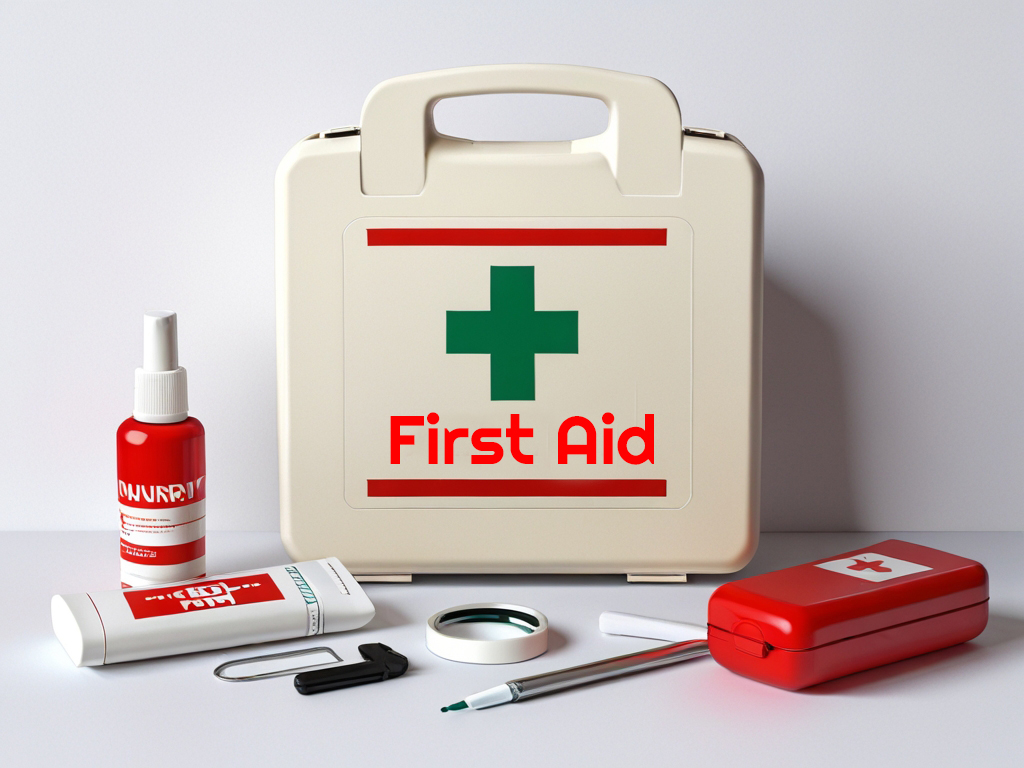
First Aid for chemical burn
Not all chemical burns are treated with water. Follow the instructions below to care for those other types of burns.
- Carbolic acid or phenol burns. Use isopropyl (rubbing) alcohol first to flush the chemical off the skin. Then flush with water. If alcohol isn’t available, flush with a large amount of water. Do not flush the eye with alcohol.
- Sulfuric acid burns. Flush with a mild, soapy solution if the burns aren’t severe. Sulfuric acid feels hot when water is added to the acid. But it’s better to flush the area and not leave the acid on the skin.
- Dry powder burns. Brush the powder away first. That’s because adding water can make a liquid that burns. After the powder is brushed away, flush with water for 20 minutes. Lime is an example of a dry powder burn.
- Metal compound burns. Cover these burns with mineral oil.
A chemical burn can be caused by alkaline or acid products, metals, and hydrocarbons, such as gas.
Most chemical burns of the skin are treated first by rinsing (flushing) the chemical off your body with a large amount of water. It’s important to treat the burn correctly to avoid further problems.
This is general information for treating a chemical burn. Call a Poison Control Center for more specific information.
If someone has swallowed a chemical that may be a poison or that may cause burning in the throat and esophagus, call your local Poison Control Center or the National Poison Control Hotline (1-800-222-1222) right away for information on treatment. When you call the Poison Control Center, have the chemical container with you, so you can read the content label to the Poison Control staff member. The Poison Control Center can help determine what steps to take next.
- Flush the area with water.
- Flush for at least 20 minutes. Don’t use a hard spray of water. It can damage the burned area.
- Have the person with the burn remove the chemical substance if he or she is able.
- Put on gloves to protect yourself from the chemical, if you need to remove it.
- Remove anything that the chemical may be on. As you flush the area, take off any clothing or jewelry that has the chemical on it.
- Continue to flush, if needed. If the area still has a burning sensation after 20 minutes, flush the area again with flowing water for 10 to 15 minutes.
If you need to see a doctor for the burn, take the chemical container with you.
Emergency Department Care
The first priority in treatment is to ensure complete removal of the offending agent. Thorough decontamination is key. Adequate irrigation is difficult to define and depends on the amount of exposure and the agent involved. Using litmus paper to measure the pH of the affected area or the irrigating solution is helpful. Complete removal and neutralization of concentrated acids and alkalis may require several hours of irrigation. Tap water is adequate for irrigation. Low-pressure irrigation is desired; high pressures may exacerbate the tissue injury. An analysis of 13 studies showed that diphoterine, a hypertonic, amphoteric, polyvalent, and chelating solution, may be superior to other rinsing solutions for cutaneous and ocular chemical burns, but further study is required.
If a question of airway compromise exists, secure the airway.
Large surface burns require the same fluid therapy as that for thermal burns.
Nursing Care for Burn Patients
https://www.rch.org.au/rchcpg/hospital_clinical_guideline_index/Nursing_management_of_burn_injuries
https://www.slideshare.net/slideshow/nursing-management-of-burn-patient-237740057/237740057
Images related burn Injuries



